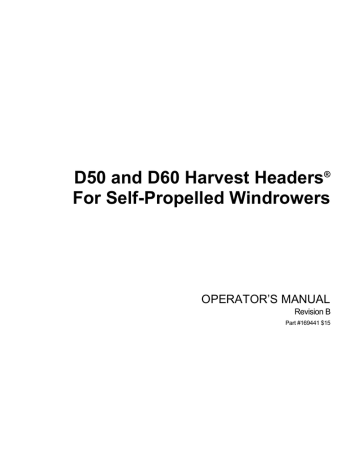advertisement
▼
Scroll to page 2
of
160
advertisement
Key Features
- Cuts and lays crop into uniform fluffy windrows
- Allows starting the harvest earlier
- Protects the crop from wind damage
- Gives you more flexibility in scheduling combine time
- Designed for self-propelled windrowers
- Optional hay conditioner available
Related manuals
Frequently Answers and Questions
What is the purpose of MacDon D50 & D60 Harvest Headers?
They are designed to cut and lay crop into uniform fluffy windrows, which allows starting the harvest earlier, protects the crop from wind damage, and gives you more flexibility in scheduling combine time.
What types of crops can be harvested with MacDon D50 & D60 Harvest Headers?
They can be used to harvest grain, hay, and specialty crops.
Do MacDon D50 & D60 Harvest Headers work with all self-propelled windrowers?
Yes, they are designed to work with self-propelled windrowers.
Can I use a hay conditioner with MacDon D50 & D60 Harvest Headers?
Yes, an optional hay conditioner is available.
